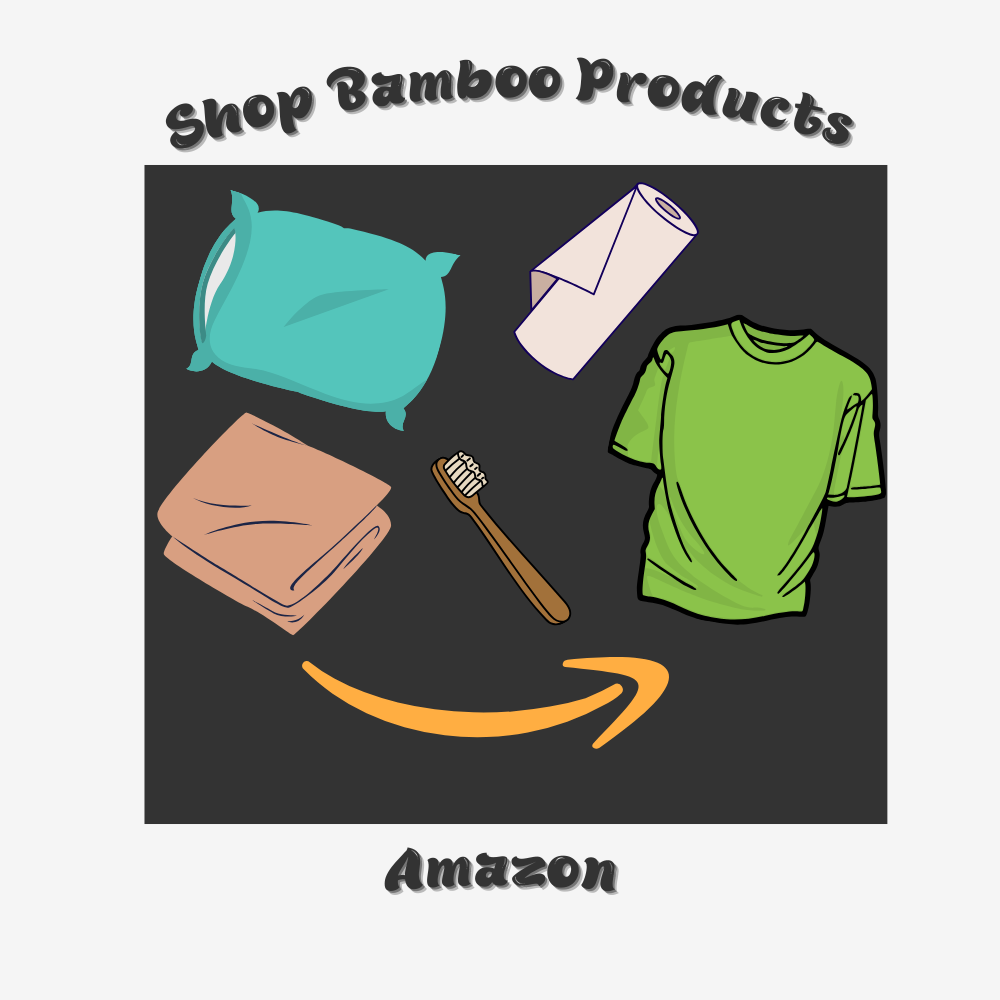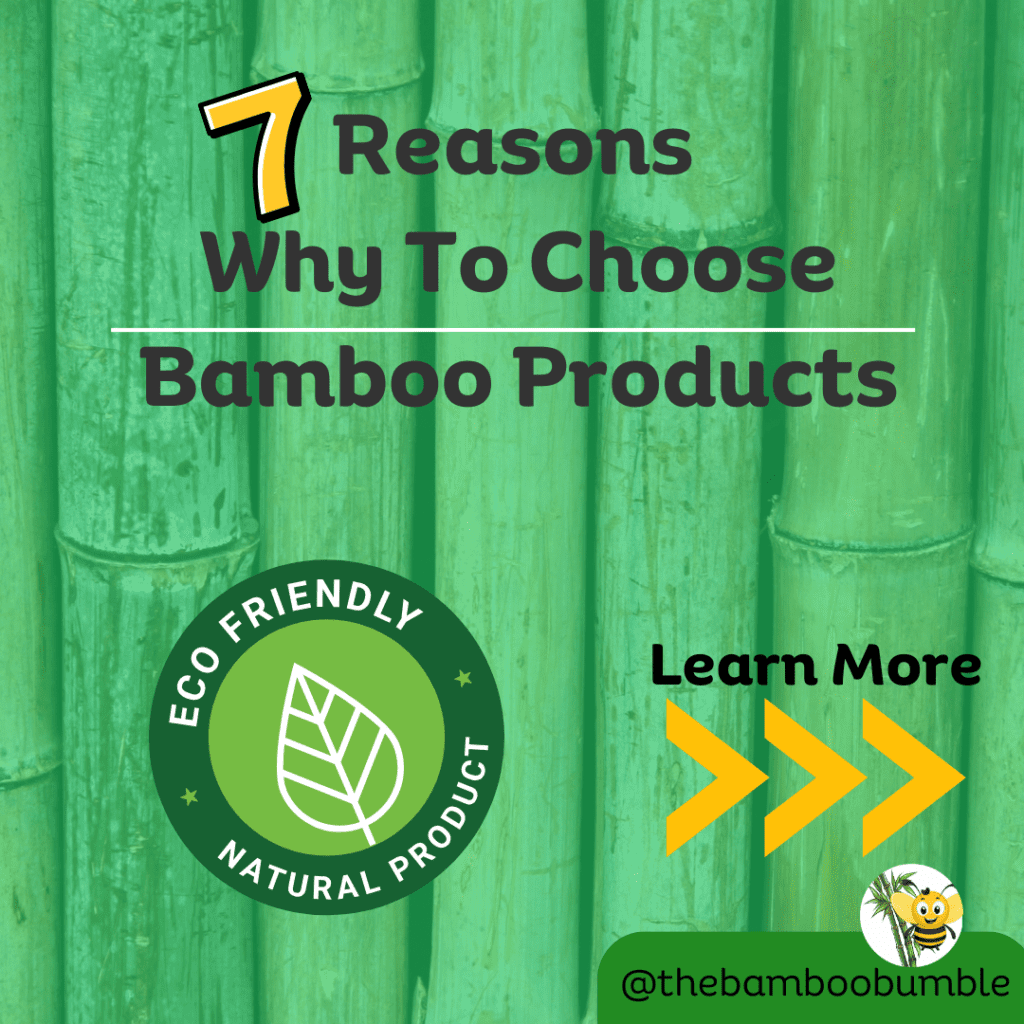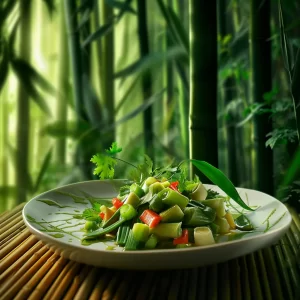How to Identify Genuine Bamboo Products
It can be pretty hard to find and discern genuine bamboo products? Fear not, because we have the ultimate guide to help you distinguish the real deal from the imitations. From the touch of the surface to the aroma it exudes, there are key indicators that can reveal the authenticity of bamboo products. So, if you want to ensure you’re getting the real deal, keep reading to uncover the secrets of identifying genuine bamboo products.
Table of Contents
Genuine Bamboo Products Takeaways
- Texture Check 👐 The texture of genuine bamboo has visible lines and knots with a smooth yet slightly rough feel. By running your fingers along the surface, you can discern the natural grain.
- Color Variances 🎨 Genuine bamboo exhibits shades of pale yellow, light brown, and even subtle green hues. These natural colors display variances like streaks and specks across the material.
- Signature Scent 👃 Authentic bamboo gives off an earthy, fresh scent reminiscent of its origins. This soothing aroma is a distinct indicator of real bamboo.
- Perfectly Balanced 🛝️ Genuine bamboo products strike the perfect balance of being lightweight enough to carry easily while still maintaining sturdiness and durability.
- Sustainability Stars ⭐ Opt for bamboo goods with FSC certification or from brands using eco-friendly practices. This ensures sustainability and responsible sourcing.
The key identifiers of real bamboo include the tangible texture, visible color variances, the signature scent, the sturdy lightweight feel, and adherence to green standards. Keeping these telltale signs in mind will guide you in detecting genuine bamboo.
Texture: Feel the Surface for Natural Grain and Variations
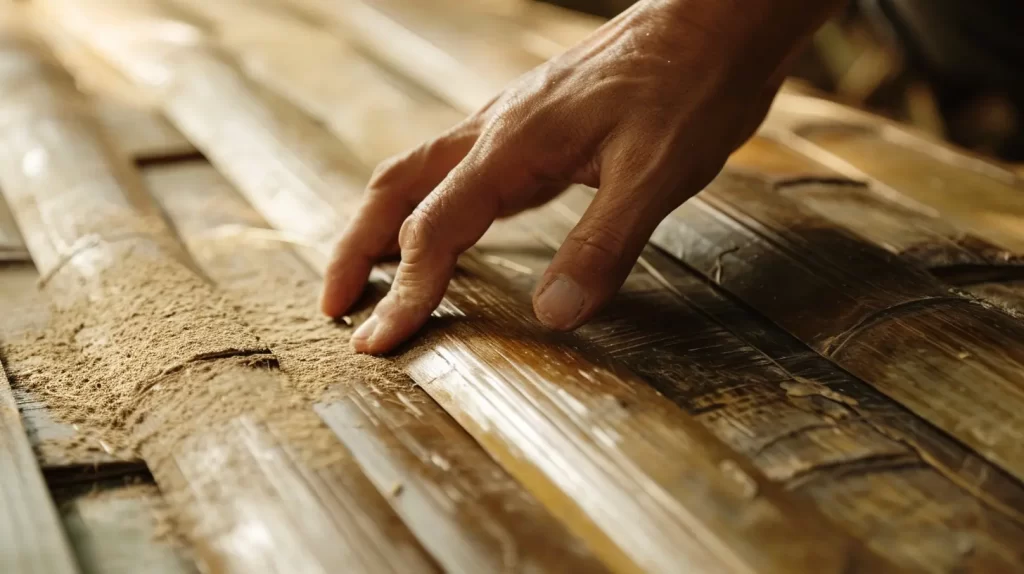
When identifying genuine bamboo products, it is important to feel the surface for natural grain and variations. Genuine bamboo has a unique texture that can be felt when you run your fingers along its surface. You should feel for the natural grain and variations in the bamboo, which give it an authentic and organic feel. Unlike synthetic materials, genuine bamboo has a distinct texture that is smooth yet slightly rough, with visible lines and knots. By feeling the surface, you can determine if the product is made from real bamboo or if it is an imitation. Remember, serving others with genuine bamboo products not only ensures their satisfaction but also promotes sustainability and environmental consciousness.
Color: Look for Natural Hues and Variations in Shades
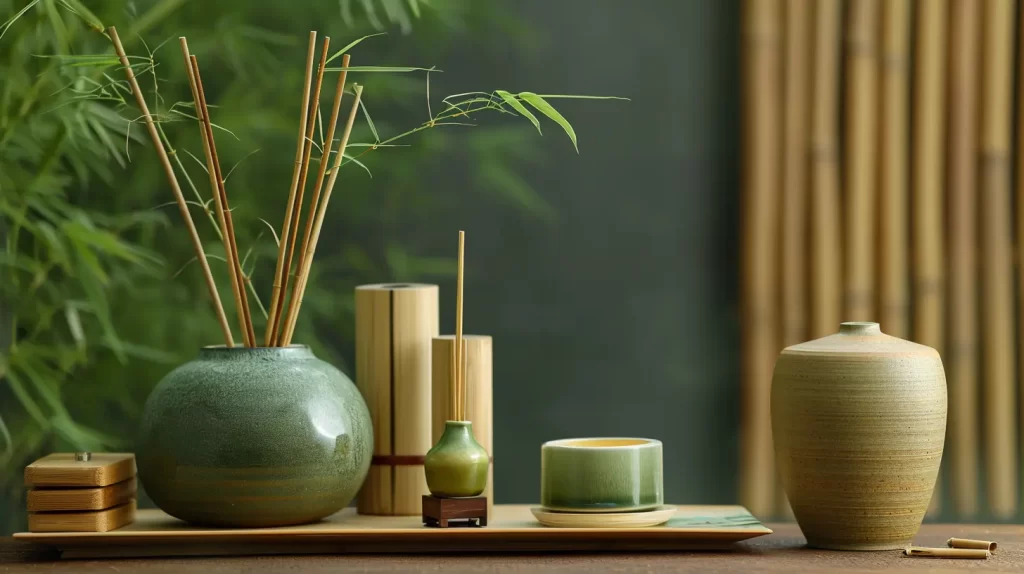
To accurately identify genuine bamboo products, pay attention to the color and look for natural hues and variations in shades. Genuine bamboo exhibits a range of natural colors, including pale yellows, light browns, and even green hues. These colors should have a natural, earthy appearance, rather than appearing overly bright or artificial. Additionally, authentic bamboo products often display variations in color, with lighter and darker shades appearing throughout the material. These variations are a result of the natural growth patterns of bamboo and can be observed in the form of subtle streaks or specks on the surface. By recognizing these natural hues and variations in shades, you can ensure that you are purchasing genuine bamboo products and supporting sustainable and eco-friendly practices.
Smell: Notice the Authentic Earthy Scent of Genuine Bamboo

Take a deep breath and let your senses guide you as you notice the authentic earthy scent of genuine bamboo products. When you come across a bamboo product, close your eyes for a moment and take in the aroma. Genuine bamboo has a distinct smell that is reminiscent of the natural environment it comes from. It is earthy, fresh, and soothing to the senses. This authentic scent is a result of the bamboo’s natural fibers and unique composition. By paying attention to the smell, you can easily differentiate between genuine bamboo and imitation products. So, when you are shopping for bamboo items, remember to trust your nose and embrace the comforting scent of authenticity.
Weight: Genuine Bamboo Products Are Lightweight yet Sturdy

Genuine bamboo products are known for their lightweight yet sturdy construction. When you are trying to identify authentic bamboo products, weight is an important factor to consider. Genuine bamboo items are lightweight, making them easy to handle and carry. However, this does not mean they are fragile or weak. In fact, genuine bamboo products are surprisingly sturdy and durable. They are designed to withstand everyday use and last for a long time. So, when you pick up a bamboo product, pay attention to its weight. If it feels light but still has a solid and robust feel to it, chances are it is a genuine bamboo product. Remember, the lightweight nature of genuine bamboo products is one of their distinguishing characteristics.
Sustainability: Check for FSC Certification and Eco-Friendly Practices
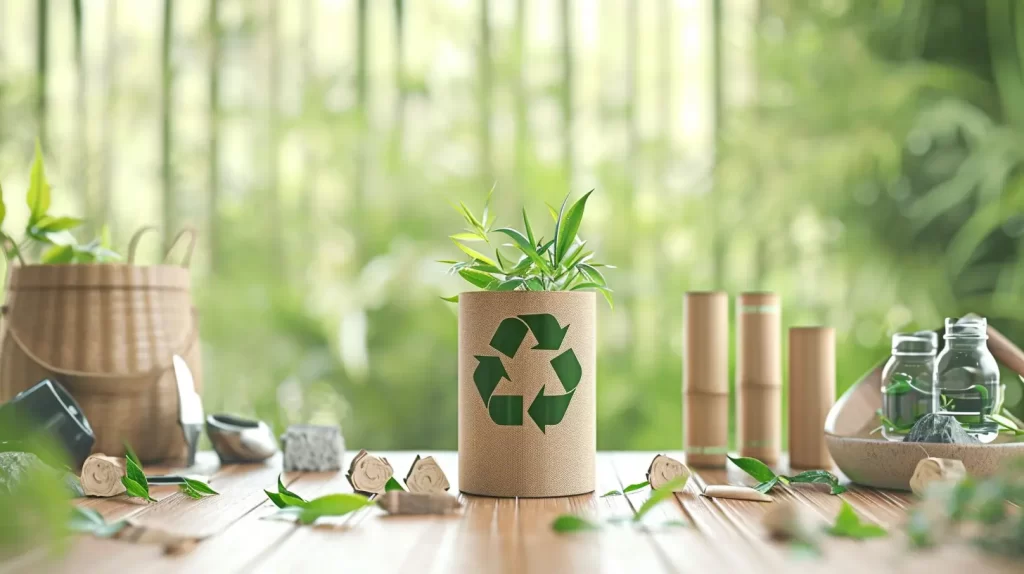
When examining genuine bamboo products, it is important to consider their sustainability by checking for FSC certification and eco-friendly practices. By choosing products with FSC certification, you can ensure that the bamboo used in their production comes from responsibly managed forests. This certification guarantees that the forests are not being overharvested and that the local communities and wildlife are protected. Additionally, look for brands that follow eco-friendly practices throughout their production process. These practices may include using non-toxic adhesives, water-based finishes, and sustainable packaging materials. By supporting brands that prioritize sustainability, you are not only serving yourself with high-quality bamboo products but also serving the planet by reducing your environmental impact. Make a conscious choice and opt for bamboo products that are certified and produced with eco-friendly practices.
Conclusion
So next time you’re shopping for bamboo products, remember to consider the texture, color, smell, weight, and sustainability. Did you know that bamboo can grow up to 35 inches in just 24 hours? This incredible growth rate not only makes bamboo a sustainable material choice but also highlights its potential to help combat deforestation and promote a greener future.

Bamboo FAQ
How to identify genuine bamboo products?
Look at the label or tag – Genuine bamboo products should be labeled as “100% bamboo” or “bamboo rayon/viscose.” If it just says “bamboo” without reference to the material, it may be a bamboo blend or have minimal bamboo content.
Check the texture – High quality bamboo fabric feels smooth and soft, similar to rayon or cotton. Real bamboo is also lightweight and breathable.
Look at the manufacturing or origins – Authentic bamboo is often manufactured in China (one of the largest exporters of bamboo) or Taiwan. Reputable brands will disclose where their bamboo textiles are sourced and made.
Consider the price – As a fast growing grass, bamboo is generally cheaper than other textiles like cotton or wool. Very inexpensive “bamboo” products are more likely to be mislabeled blends.
When in doubt, contact the seller/manufacturer directly to verify what percentage of the product is actual bamboo, where it was sourced from, and how it was manufactured. Opting for established brands known for using responsibly sourced, organic bamboo will also help ensure quality and authenticity.

